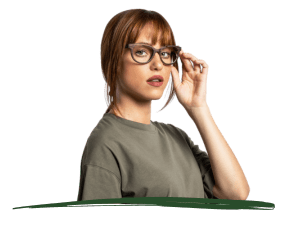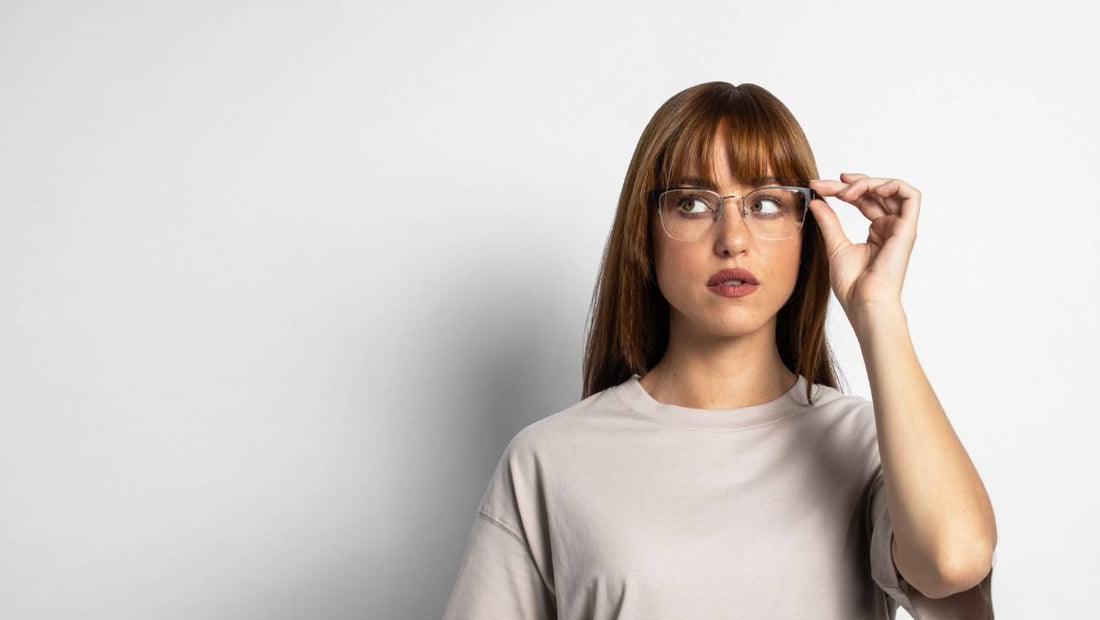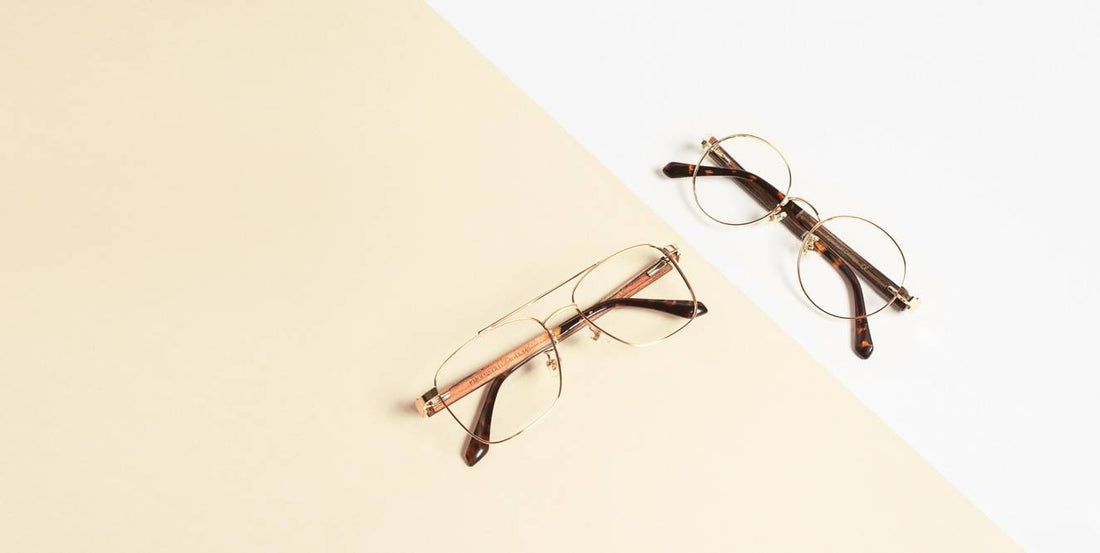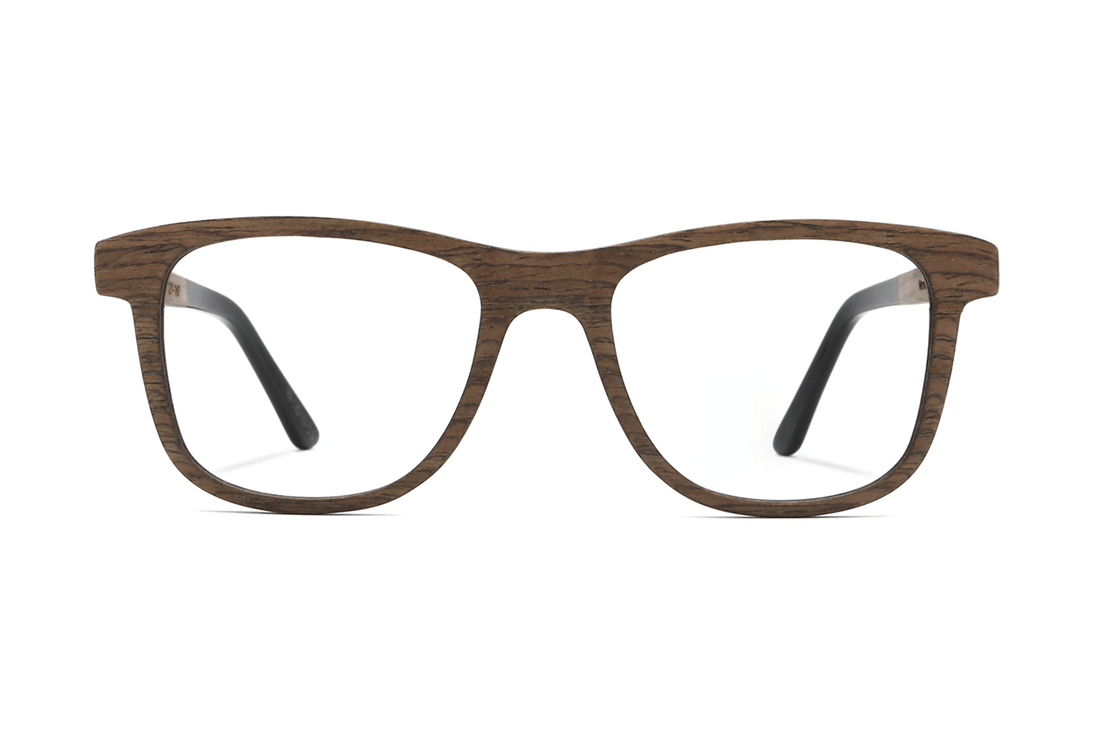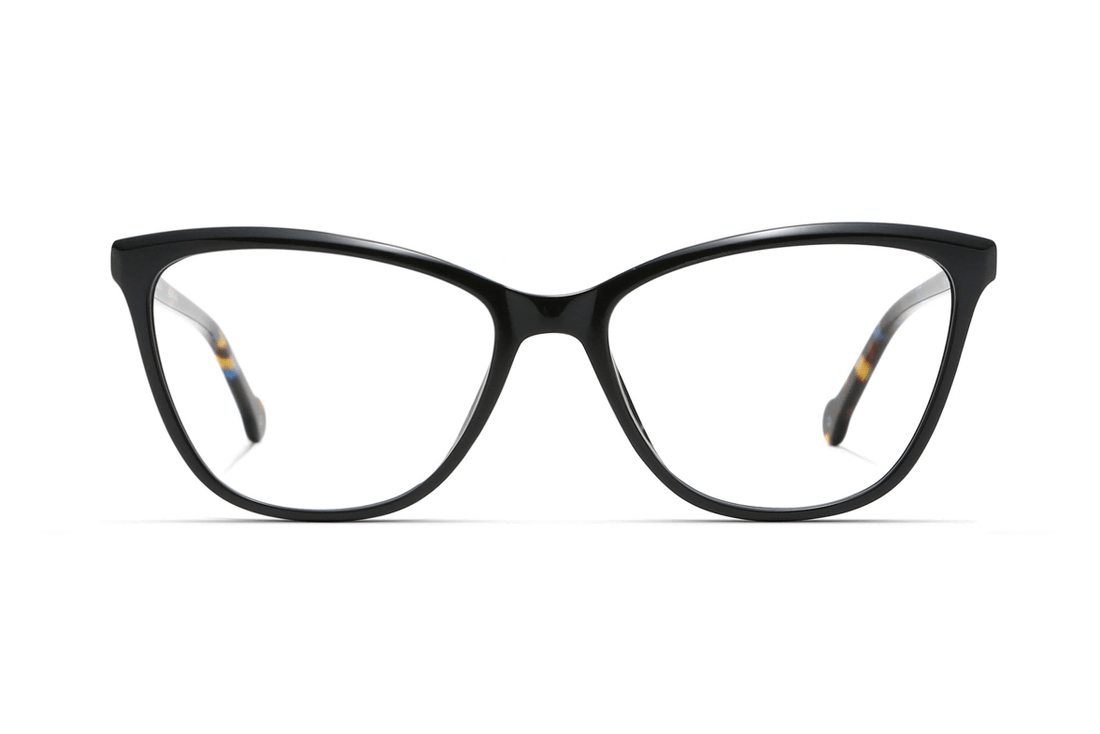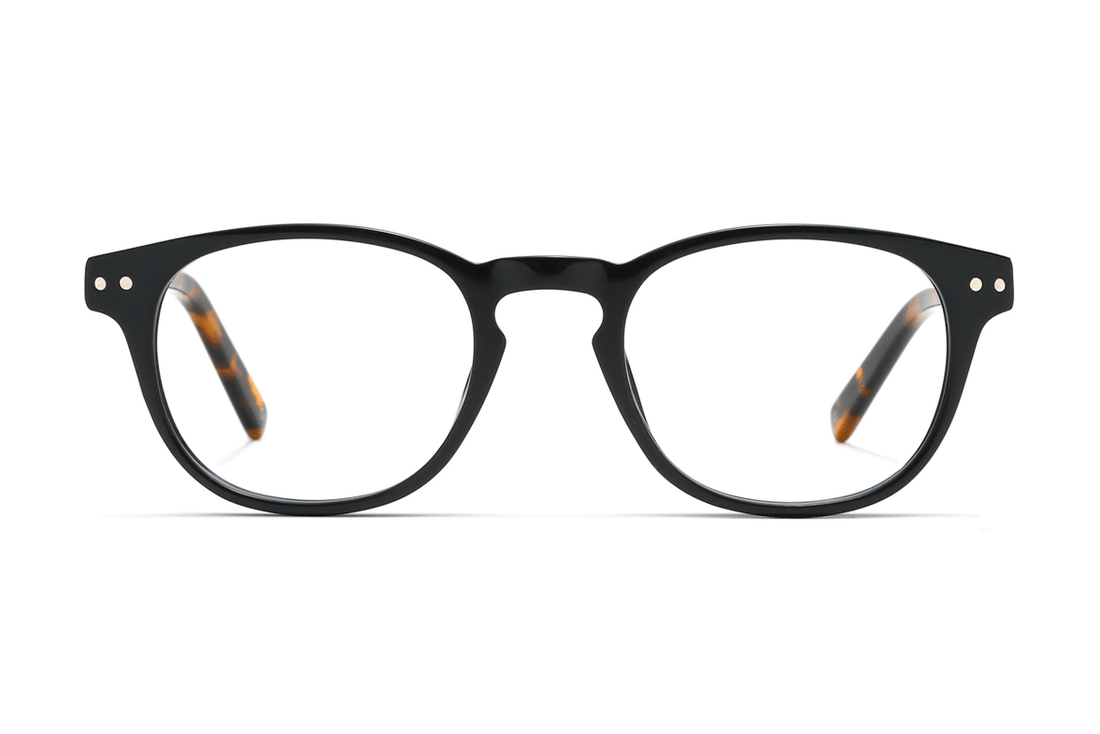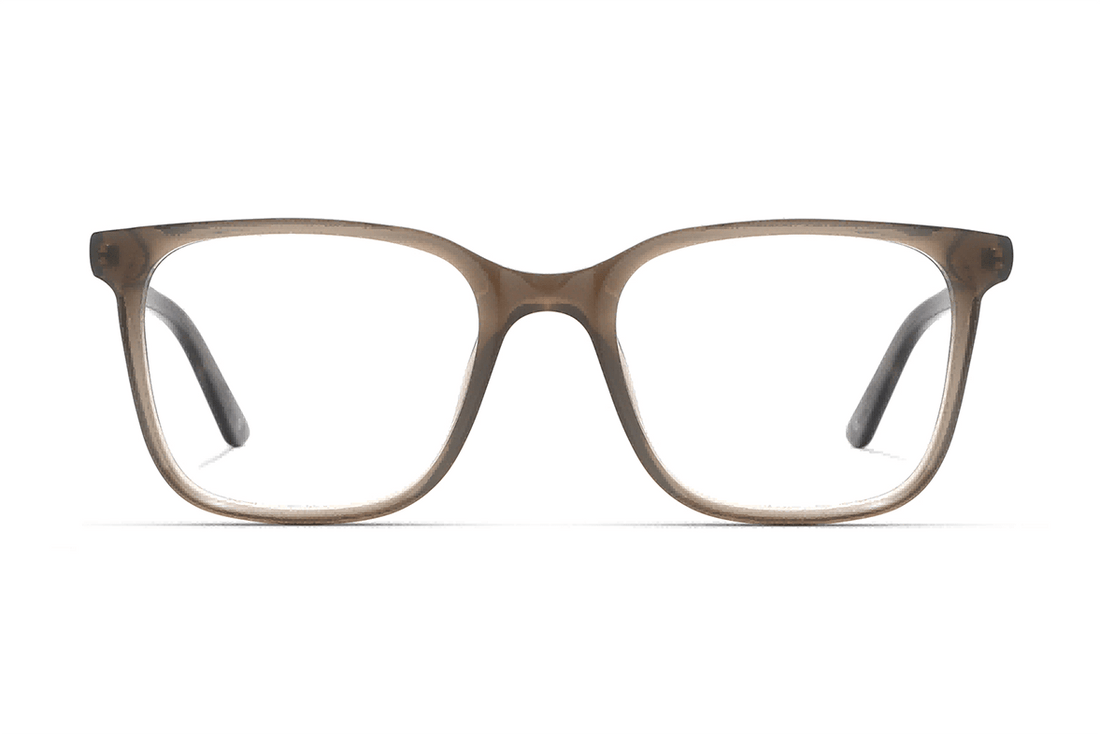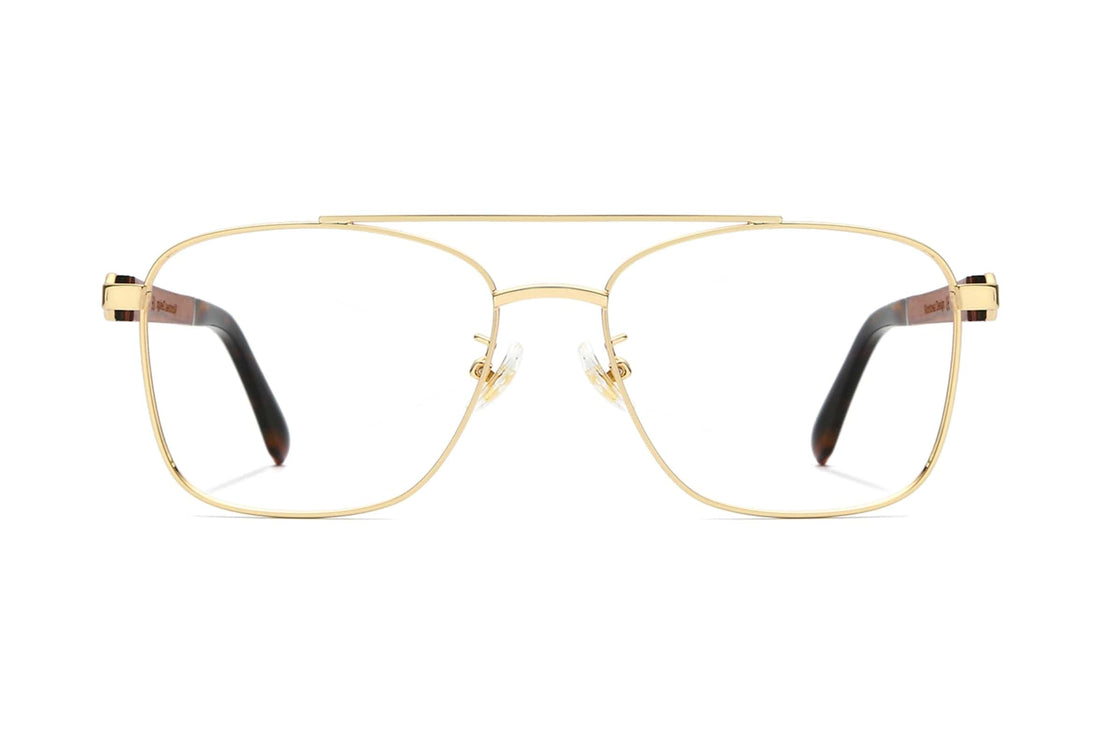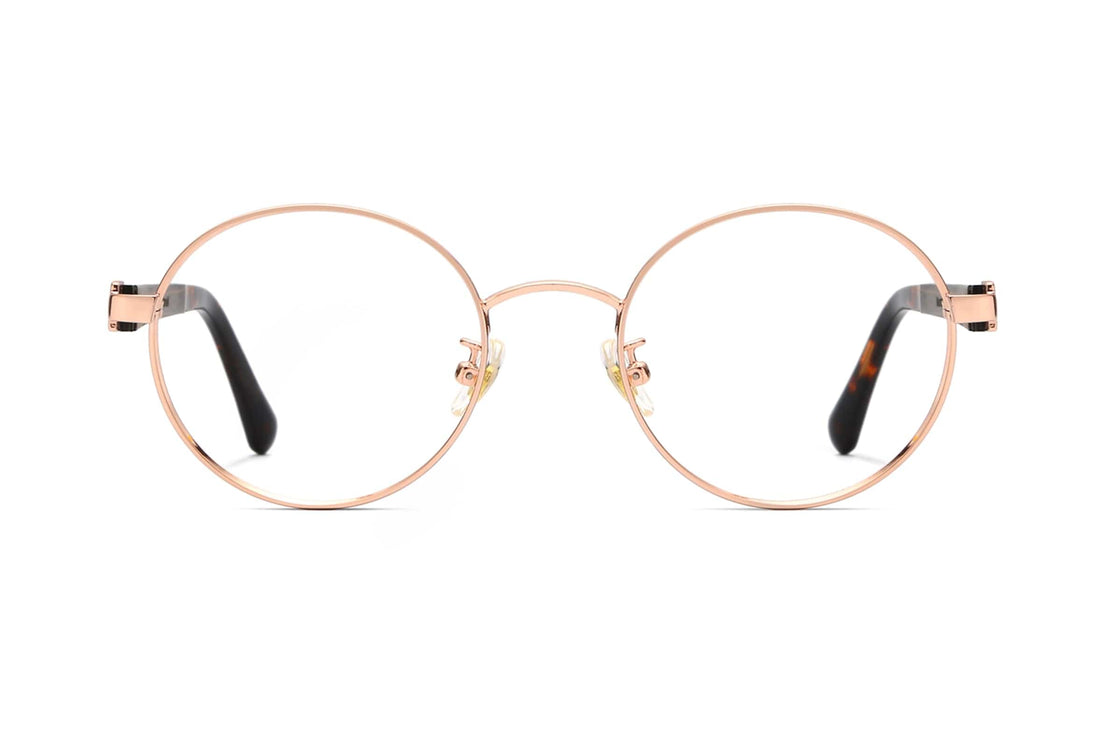
Find Out How to Determine Your Dominant Eye
How to Determine Your Dominant Eye
6 min read • Posted on 4 December 2024
What is eye dominance, and how do you know if you are right- or left-eye dominant? It’s pretty easy to determine if you are right or left-eye dominant, and you can do it in your home. Your eye doctor can assist you with this check as well. Eye dominance refers to the tendency to favor one eye over the other when performing certain tasks, like aiming or looking through a viewfinder. This can affect your depth perception and overall visual performance. Here’s a little background on eye dominance (or ocular dominance) and what it means for your vision.
Trending Glasses
What is a dominant eye?
This is the same as your ‘leading eye': it is the one your brain most likes to use; it’s the one that sends the sharpest visual signal to the part of the brain where the picture is formed.
If you are right-eye dominant, you will naturally use your right eye to look through a telescope or microscope without thinking about it. Your dominant eye will naturally guide you through the eyepiece, whether it’s your right or left eye.
How to Determine Your Dominant Eye
I can’t tell which of your eyes is dominant. Test it at home in a minute or two.
- Take a pair of scissors or a pencil and hold it out at arm’s length, pointing at your nose.
- Focus on the upper edge of the pencil, then quickly bring it up and down several times.
- The pencil will appear to move in sync with your dominant eye, testing the movement only if your dominant eye is on the same side as the moving object.
- Repeat the test twice to ensure accuracy.
Spread your arms out in front of you like this. Point one thumb forward and the other thumb back. Point one pointer finger forward and the other pointer index finger back. Make a triangle with your hands.
With your eyes open, bring two fingers together to form a triangle slightly off-center or off to the side of your face so that your fingers point at a distant object, like a doorknob or a light switch.
- Bring the “triangle” of your hands nearer to your face.
- Now, close your left eye and keep your right eye open.
If you perceived the item that you fixated on to be centered in that triangle if exposed when your right eye alone was open, then you’re right-eye dominant.
- If the object appears outside the triangle when your right eye is closed, your right eye is your dominant one.
- Ok, now do it again. Hold your left eye open this time and close your right one instead.
If the individual you selected has a cross-dominant left eye in the center of the triangle, you are left-eye dominant when you remain open with your left eye.
The eye is masterful because it appears in the middle right of the eye, halfway between the thumbs and pointer fingers, when only that eye is open.
This test to determine eye dominance is right on, though your dominant eye can occasionally be shifted by your dominant hand. You can try other eye dominance tests online, but your optician or eye practitioner will get the best results.
WATCH BELOW: How To Determine You Dominant Eye
Do You Need a Dominant Eye Test?
Unless your left eye has a distinct issue or your right eye isn’t functioning properly, or if you have developed other health problems like one eye going blind (in which case, you should definitely see an optician), you likely won’t need a dominant eye test in the way an optician might administer it. Unless, of course, the optician wants to give one of his retinas a literal roasting (which we’ll discuss later). However, if your GP suspects a condition, they might recommend a more thorough examination for disorders that should be treated with caution.
This can include conditions like:
- Amblyopia
- Strabismus
- Presbyopia
Amblyopia
Amblyopia typically results from abnormal vision development in early childhood, leading to decreased vision (ranging from mild to significant) in either the left or right eye. It often affects both eyes, with one eye being more developed or dominant than the other, which tends to function better. Testing the dominant eye in this condition is important because it helps identify which eye is leading the visual process, and understanding this can guide treatment options, such as corrective lenses or vision therapy, to improve the weaker eye's function and promote balanced vision.
Strabismus
Strabismus is a condition where the eyes are misaligned, causing them to point in different directions. This can lead to double vision or impaired depth perception. Strabismus often develops in early childhood but can also occur in adults due to various factors. The condition can affect one or both eyes, and in some cases, the misalignment may be constant or intermittent. Testing the dominant eye in this condition is important because it helps determine which eye is preferred for visual tasks. Identifying the dominant eye can guide treatment, such as corrective lenses or vision therapy, and help address the misalignment by strengthening the weaker eye or improving eye coordination.
Presbyopia
Presbyopia is an age-related condition that affects the eye’s ability to focus on nearby objects, typically becoming noticeable around the age of 40. It occurs when the lens in the eye becomes less flexible, making it harder to focus on close-up tasks like reading or using a smartphone. While presbyopia is a natural part of aging, it can be managed with corrective lenses, such as reading glasses, bifocal or progressive prescription glasses. Testing the dominant eye in this condition is important because it helps determine which eye is primarily responsible for close-up tasks, allowing for more effective treatment, such as customizing lens prescriptions or suggesting specific types of eyewear to improve near vision.
Eye dominance tests
Sensory Dominance Tests
Establishing eye-mixed ocular dominance can be complicated, especially since you can observe differences between sensory and motor dominance in normal visual conditions. Sensory dominance refers to the eye, which provides greater brain insight and detail. Thus, it influences how we perceive our environment. Conversely, motor dominance relates to the eye, which helps us aim at and focus on our targets.
Motor dominance is most accessible to test with simple home versions such as the triangle or thumb tests. Sensory and eye dominance tests, often done by an eye care professional, require more involved procedures because they assess which eye contributes most to our visual processing abilities.
Procedures Requiring Specialized Equipment
Determining sensory dominance becomes trickier when more sophisticated tests are usually conducted in specialized environments.
1. Stereoscope test: experiments with a stereoscope that projects slightly different images to each eye, supposing that the depth image and veridicality rating of the global experience would depend on which eye’s image appeared dominant.
2. Dichoptic Stimulation: Here, dichoptic glasses or other devices show different stimuli to the two eyes. The eye that perceives more clearly and responds faster is used to calibrate which eye is dominant.
3. Optokinetic Drum: A patterned rotating drum test that checks for eye movement responses. As vestibular damage often affects the sense of equilibrium, it plays a vital role in testing. Vestibular damage disturbs our spatial awareness. An optokinetic drum can also be used to determine the side of your dominant eye (the eye that stays better tracked and more aligned to the moving patterns) by comparing the movements of both eyes during the task.
4. Monocular Deprivation Test: When one eye is temporarily covered in a clinical setting, the other eye must perform visual tasks. This test's success or lack thereof can indicate which eye typically dominates sensory processing in you.
Due to the need for instrumentation and skilled technicians, they are often used in vision clinics or lab settings. They allow detailed assessment of ocular dominance in patients without clear-cut results from simple tests or with specific ocular conditions such as amblyopia or strabismus.
Learning to distinguish between sensory dominance and physical function can be especially useful to people needing to determine a precise level of visual correction. This is especially true for monovision contact lenses, where one eye is fixed for stretch vision and the other for near vision or to optimize visual performance in high-precision tasks ranging from sports to surgery.
Activities for a Dominant Eye
Aside from style, knowing which eye is dominant is important if you're a sportsperson or engage in activities that rely on your eyesight. Your eye dominance plays a key role in various sports and activities, including:
Science, lab, and medicine: In a lab, you don’t interpret slides with both eyes; you look through a microscope with your dominant eye. Similarly, a doctor doesn’t listen with both ears to a patient’s heartbeat, but rather with their dominant ear. The anatomical concept of dominant eye perception is linked to lateralized nerve control in the cerebral visual cortex. For right-eye dominance, the dominant eye is positioned in an advantageous way to provide a clearer view downward.
Photography: Using your dominant eye helps you keep a steady hand when composing your shot, ensuring you frame and focus on your subject. Relying on your non-dominant eye may result in a shaky shot or an out-of-focus subject.
Stargazing and astronomy: Stargazing is one of the most rewarding hobbies, and the most common method is through a telescope. Using your dominant eye allows you to have a clear view through the eyepiece.
Sports: In sports that involve aiming at a physical target or basket—like basketball, soccer, golf, or hockey—you likely rely on your dominant eye to make accurate shots.
Shooting and archery: Whatever eye you naturally aim with when pointing at a still or moving target is your dominant eye. If you instinctively use your right eye, then your right eye is dominant.
Final Thoughts
Not everyone needs a dominant eye test, but we all benefit from regular eye check-ups to maintain our overall eye health. Even if you’re not experiencing any vision problems, scheduling a comprehensive eye exam is essential for detecting underlying issues that may not be immediately noticeable, such as early signs of eye diseases or vision imbalances. During your exam, be sure to ask your eye care practitioner about determining your dominant eye, especially if you engage in activities like sports, photography, or other tasks that require precise vision. Understanding which eye is dominant can help improve your performance in these areas and even guide decisions on eyewear. So, if it’s been a while since your last eye exam, make it a priority—your vision is worth it!
 Heba Ahmed
Heba Ahmed
